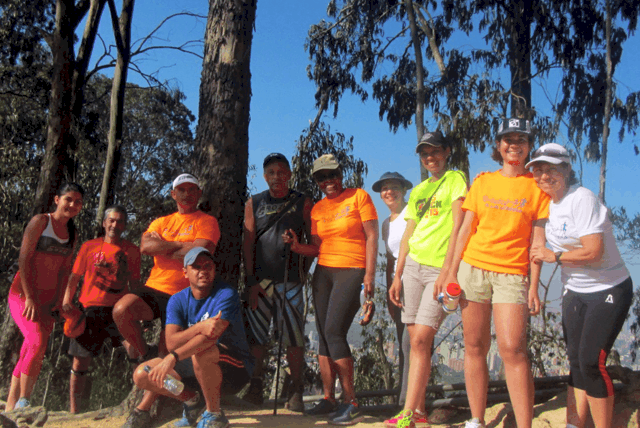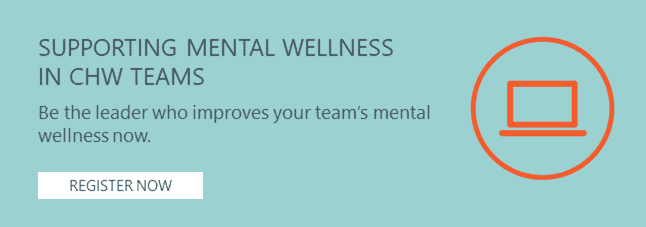Finding fitness, friendship, and lifestyle change through a community health initiative.
By Eliana Ifill
One of the hardest parts of doing physical activity is finding the confidence and motivation to start. It’s intimidating to make a big life change, and it can be easier to push it to the side.
Community health workers (CHWs), community health representatives (CHRs), peer educators, and similar health workers know the effects of a sedentary lifestyle.
Especially after a year of lockdowns and social distancing, recreational outlets are key for a healthier mind and body. Physical activity can help overcome the effects of isolation.
Inactivity can lead to all sorts of health problems, according to the American Heart Association, including heart disease, high blood pressure, obesity, stroke, type 2 diabetes, depression, cancers — and more. Active living is a topic we cover in many of the e-learning courses at CHWTraining.
CHWs can plan community health initiatives and promote safe spaces for engagement and social activity. Ultimately, everyone benefits from a little physical activity and in-person interaction. Read more about the core competencies of a CHW program.
[Related Community Engagement the Right Way with Outreach Skills]
Collaborating for an Active Community
I came home after living abroad for a while and didn’t have a steady job or other activities where I could meet people. This, combined with some personal challenges, made me start thinking about forming a fitness group of some sort. After all, I’ve been involved in one sport or another since college. Integrating physical activity as part of my daily life has always been important to me. And the lack of activity mixed with all the life changes and all the time spent at home was really taking a toll on my mental health.
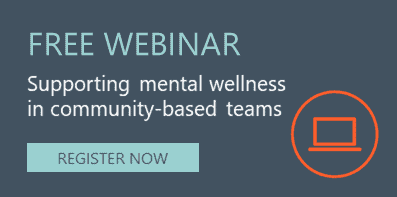 I ran into (pun intended) another neighbor with a similar idea: She and her husband had made drastic lifestyle changes, and along with a friend they decided to try and promote sports in our small community.
I ran into (pun intended) another neighbor with a similar idea: She and her husband had made drastic lifestyle changes, and along with a friend they decided to try and promote sports in our small community.
I found them on Twitter and we decided to try forming a community running group design a short route around our neighborhood. We started very small — just the four of us — and soon, a lot of neighbors joined us on three weekly runs.
The public spaces in your community also benefit when you implement a community health initiative
Give your neighbors something to do and they’ll recover spaces that would otherwise be empty. With the right connections, you may even secure local investment to improve infrastructure such as rehabbing parks, updating public lighting, and more to make your area safer for everyone.
In my case, I live near an industrial area. It was bustling with activity during business hours. But come 5 p.m. the roads were empty, the lights didn’t work, and the police had long left the streets. As we started our group, dozens of neighbors took the streets. This gained local attention and eventually, we had a police escort during our nightly routes — something that would likely never happen if I were to run alone.
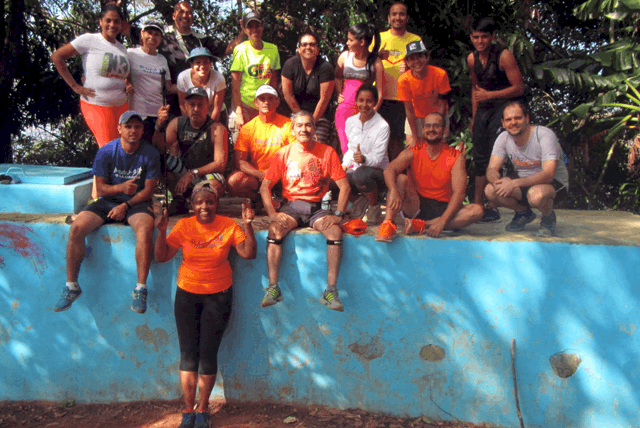
Eliana’s running group after a run.
The positive impact of a community health initiative
We found that the safety and comfort we felt as a group helps keep people accountable while they build a habit for themselves, especially in older communities. Running with others is a powerful motivator.
Our community health initiative helped neighbors connect over shared interests and bond in new, meaningful ways. What’s more, most of us regained confidence, purpose, and happiness in our lives.
My running group reached close to 80 people running together on Tuesdays, Thursdays, and Sundays. And the demographics were wildly varied. Some of us were in our early 20s, and many were in their mid-40s. The biggest group? They were 60+ years old. The younger became the leaders. We went back and forth on our routes ensuring everyone was OK and no one was left behind.
How Experts in Different Areas Can Participate
Our team had some experts: A trainer who led our warmups and HIIT classes on the weekends; a hiker who led our expeditions through the nearby mountains, and some yoga instructors. Moreover, our initiative gave way to business ventures including private classes in different disciplines for the experts in our group.
For instance, one man, Manuel, worked in security for our community association. He coordinated the team’s safety throughout the route, reminding everyone to bring reflective clothing, carrying radios and flashlights. He also started counting heads before we left and after coming back.
At one point, we gained local attention and support and made T-shirts for the group. Some radio shows invited team leaders on interviews and we worked locally with churches and other initiatives.
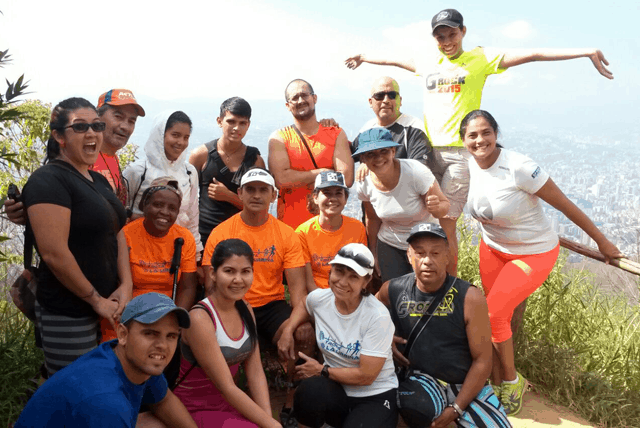
Eliana’s running group in the orange T-shirts they had made.
Of course, the physical benefits were great. It was exciting to see senior citizens finishing their first races, shaving off minutes between 10ks. They even started doing yoga and going hiking for the first time.
The group started in 2015 and Venezuela’s crisis made many of the original members move to other countries. But many athletes remain active. And many of us became close friends. We celebrated birthdays, went to theaters, had holiday parties, and supported each other through races and beyond.
More than simply exercising, we’d built a community based on friendship and common goals.
Skills to Motivate Lifestyle Change
CHWs and promotores de salud who work in neighborhoods that don’t lend themselves to exercise can follow my lead and still make a difference. Training programs can provide the key skills they need to make meaningful change. Especially among clients with chronic illnesses or high utilizers of emergency rooms.
[Related Build Skills in These 3 Areas To Stop Diabetes Killing People]
It helps to understand how community health initiatives and healthy eating, active living (HEAL) programs fit into health conditions like HIV/AIDS, diabetes, heart disease, and others. But to build a program that can lead to community change, here are some of the most important skill-building courses any agency should provide to their staff:
Promoting Healthy Lifestyles
Practicing healthy behaviors has a huge effect on a person’s life. Knowing the concepts behind a well-balanced and healthy lifestyle is the place to begin working with clients to make positive changes and manage their lives. Knowing what a healthy lifestyle is, including nutrition, fitness, preventative healthcare, and behavioral health, helps learners instruct clients on healthy lifestyle changes.
Community Outreach and Engagement
Outreach is the most essential part of building and strengthening communities so the people who live in them can take advantage of everything available. By learning the basic concepts and skills in community outreach, as well as strategies such as community needs assessments, learners can promote and even create better health services.
Advocacy Skills
Advocacy Skills demonstrates ways to use advocacy to connect people to the most important resources in organizations and externally. They also learn how to involve the community in clients’ issues, educate community members, use media and social media, and organize change.
Motivational Interviewing: Peer Support for Behavior Change
Before anyone changes their health, they must want to. Training in Motivational Interviewing helps people find the lasting motivation to improve their health internally. These skills are especially useful for promoting healthy lifestyle changes, managing chronic diseases, and setting goals.
Behavioral Health Care
Physical activity has a close relationship with mental health. Understanding this relationship and the most common behavioral health conditions can help clients find resources and build external structures that help them improve. Here’s some more information if you’re not sure if you need to make a behavioral health referral.
Eliana Ifill is a content manager at CHWTraining.

